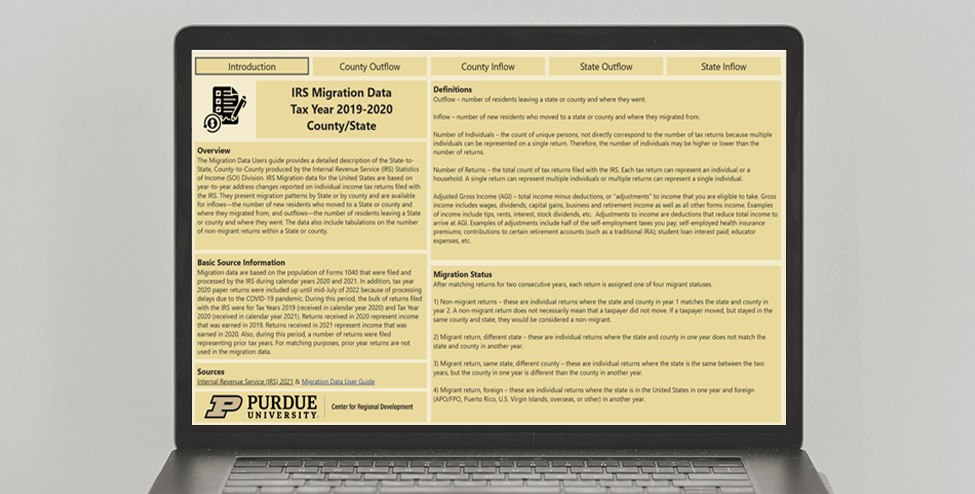A Closer Look at Indiana’s Digital Equity: Internet Access and Device Reliability Disparities

In the previous two blog posts on this “Indiana’s Digital Equity Landscape” series, we looked at home internet adoption numbers and the reasons why specific groups do not subscribe to home internet. Today we take a deeper look at internet access and device reliability.
The survey asked the following question to respondents that had home internet at any time over the past 12 months: how often were you without internet and/or specific devices due to unpaid bills, broken devices, unreliable service, running out of minutes/data, etc.? Figure 1 shows that a little more than half of respondents did not have issues with their home internet (50.7%) while 13.3% did not have home internet for eight or more days over the past 12 months due to multiple reasons1.
Regarding devices, more than 40% of survey respondents did not have a desktop computer with an additional 7.4% not having a desktop computer for more than eight or more days over the past 12 months due to multiple reasons. More than one-third of survey respondents did not own a tablet compared to close to one-quarter not owning a laptop computer. More than 95% of survey respondents owned a smartphone and more than 70% did not have any smartphone interruptions over the past 12 months. However, close to 10% did not have a smartphone for eight or more days over the past 12 months.
Figure 2 shows the percentage of survey respondents and their home internet and device reliability/ownership between lower income (less than $35,000 per year) and higher income (making $75,000 or more per year). Regarding home internet, close to one-fifth of low-income respondents did not have home internet compared to less than 4% among high-income respondents. More than half of low-income respondents did not own a desktop computer compared to 38.6% of high-income respondents; more than one-third of low-income respondents did not own a laptop compared to less than 11% of high-income respondents.
Note also that a higher share of low-income respondents were without all devices (desktop, laptop, smartphone, and tablets) for eight or more days due to multiple reasons compared to high-income respondents. This may be an issue due to lack of skills/literacy to deal with the problem, lack of access to support, and/or quality of the devices. Likewise, more than three-quarters of high-income respondents reported no issues with their smartphones compared to less than two-thirds of low-income respondents.
In other words, not owning larger screen devices and having issues for multiple days of the year affects groups differently impacting the digital equity landscape. In our next blog post, we look at smartphone owners and their characteristics.
1 Note that this share of survey respondents with no home internet is not comparable to the share discussed in our first blog post because one asked about paid home internet for all the previous 12 months while this question includes those with home internet at any time during the past 12 months and whose service was interrupted due to multiple reasons.

Roberto Gallardo is the Vice President for Engagement, Director of the Purdue Center for Regional Development and an Associate Professor in the Agricultural Economics Department.... read more




